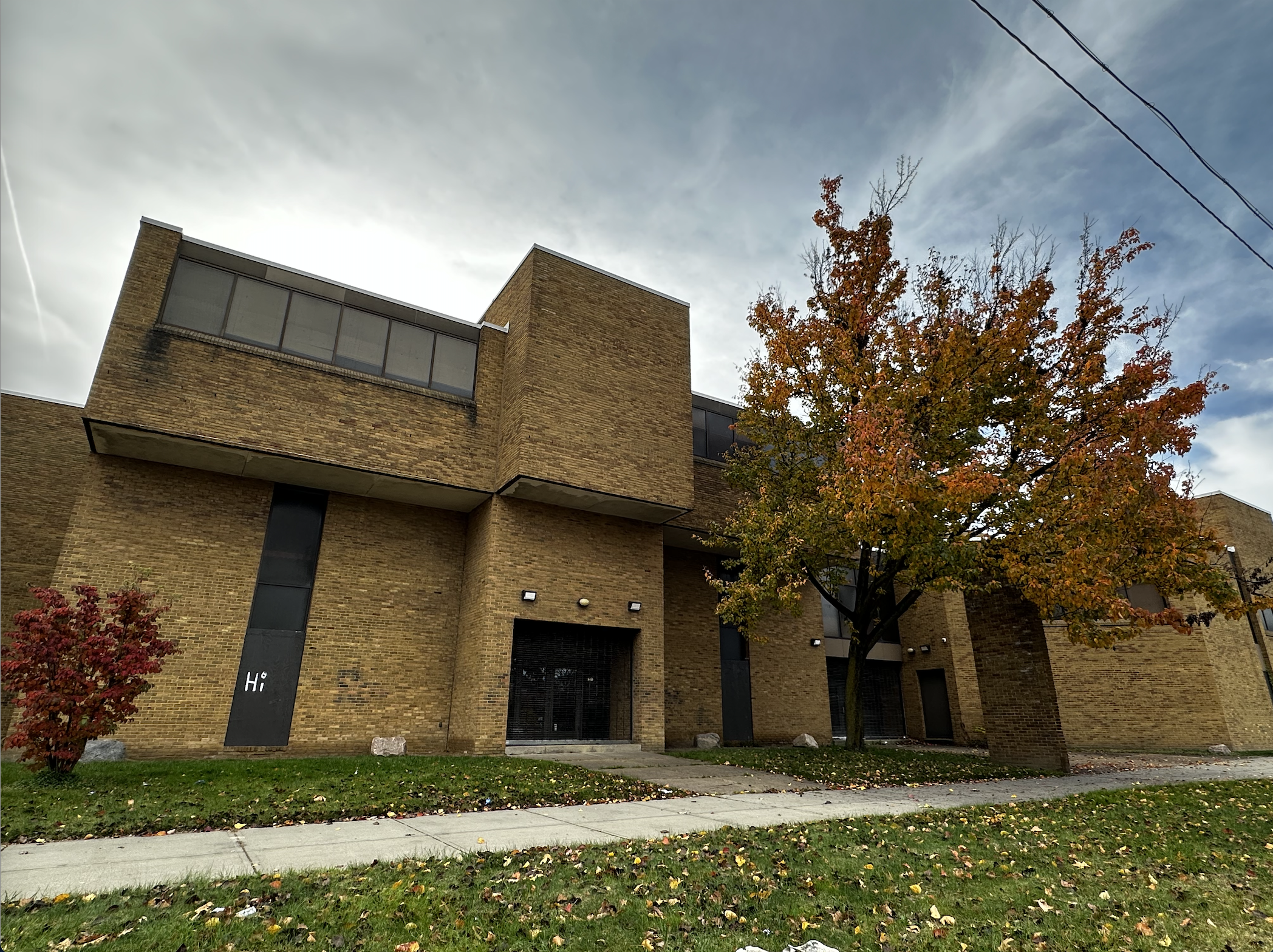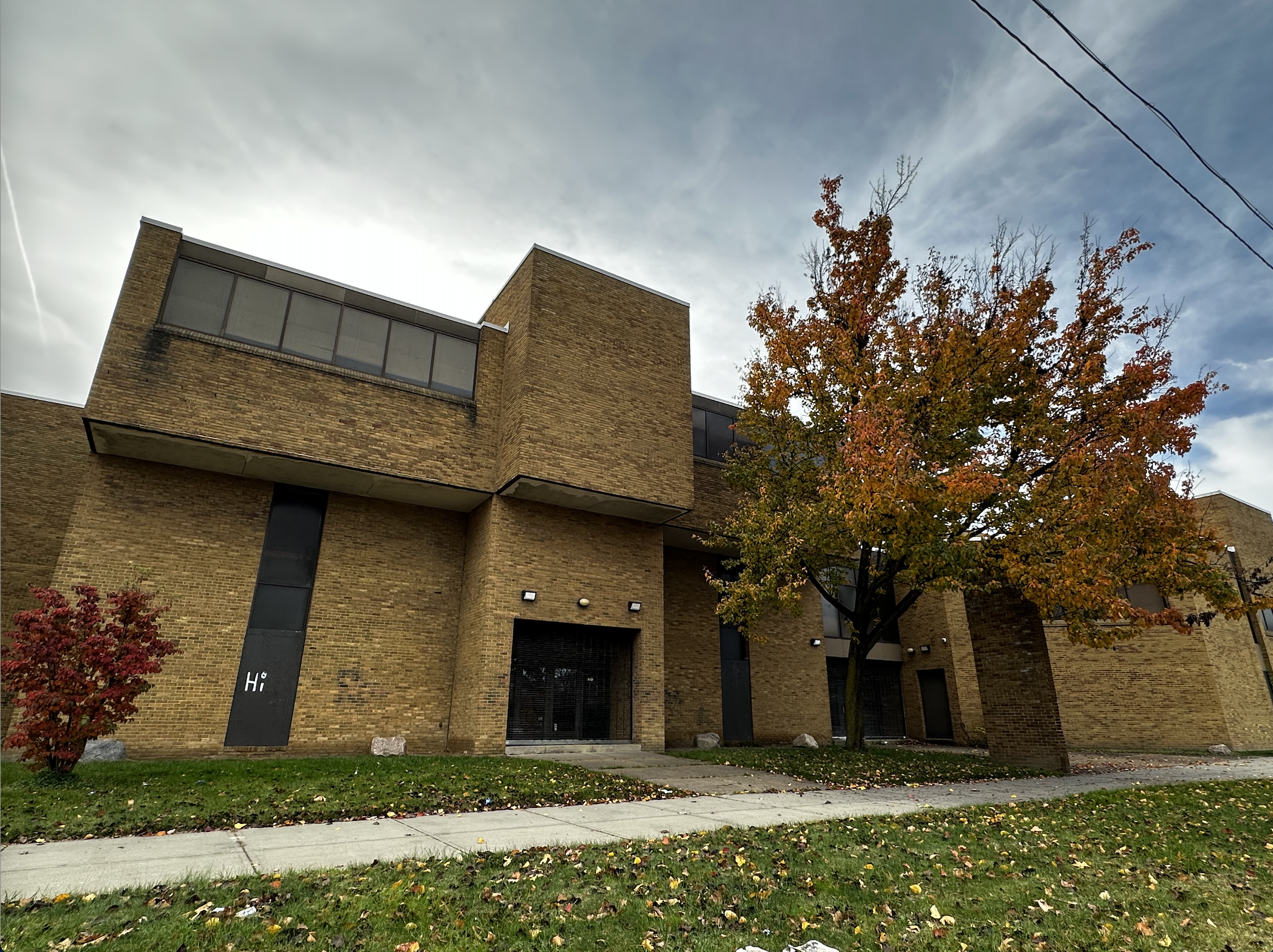
The former Case Elementary School on modern day East 40th Street.
Where the streets once had some names
Traveling around Cleveland, do you ever wonder what the numbered streets used to be named? Or do you ponder how some of our current streets earned their names?
In 1906, as newcomers poured into Cleveland and the city grew rapidly, the City Council adopted a numerical system for streets, changing many street names that had had decades of history and stories behind them. The council enumerated the north/south streets that emanated eastward and westward from Public Square.
Well, the Teaching Cleveland team did some research, and each month during this academic year, we’ll provide some information about Cleveland city streets that you may not have known. We’re here all year to give you some street cred!
Case Avenue (now East 40th Street)
The name Case is probably familiar to many of you, and for good reason. The Case family, and especially the patriarch, Leonard Case Sr., left their legacy on many of the landmark institutions in Cleveland that we know today, including the Western Reserve Historical Society, the Cleveland Museum of Natural History, and, most notably, Case Western Reserve University.
A Pennsylvania born businessman and philanthropist, in his youth Case worked as a clerk to Gen. Simon Perkins of the Connecticut Land Company, the organization that was tasked with the original surveying of the Western Reserve lands. Case moved to Cleveland in 1816 to pursue a position at the Commercial Bank of Lake Erie.
After the failure of the bank, Case stayed in Cleveland and tried his hand at politics. While serving as president of the Cleveland village council from 1821-25, he was responsible for planting trees along streets, helping to earn Cleveland the nickname “The Forest City.” He then served in the Ohio legislature from 1824-27, advocating for railroads and canals.
Case also worked for the Connecticut Land Bank (eventually becoming its president) which acquired large tracts of land from people who lost land in the Panic of 1837. He then invested in the Cleveland-Columbus-Cincinnati RR and by the late 1840s turned over his affairs to his sons Leonard Case, Jr. and William Case.
Leonard Case Jr. inherited $15 million when his dad passed away in 1864, and gave $1 million anonymously to establish a certain technical school to teach science, which was supported by local businesses and quickly became an important center for industrial research. Case owned downtown properties and the rental income from those helped provide annual support for what would become the Case Institute of Technology.
The Case brothers constructed Case Hall at East 3rd and Superior, which housed the Cleveland Academy of Natural Sciences as well as the Cleveland Library Association. William Case’s early collection of birds and mammals would eventually be an important starting collection for the Cleveland Museum of Natural History.
Case Avenue, now East 40th Street, runs north-east the length of the center of the city, from St. Clair Avenue in the St. Clair-Superior neighborhood, all the way south to Woodland Avenue in the Central Neighborhood. For more information, check out the Encyclopedia of Cleveland History and Cleveland Historical.
